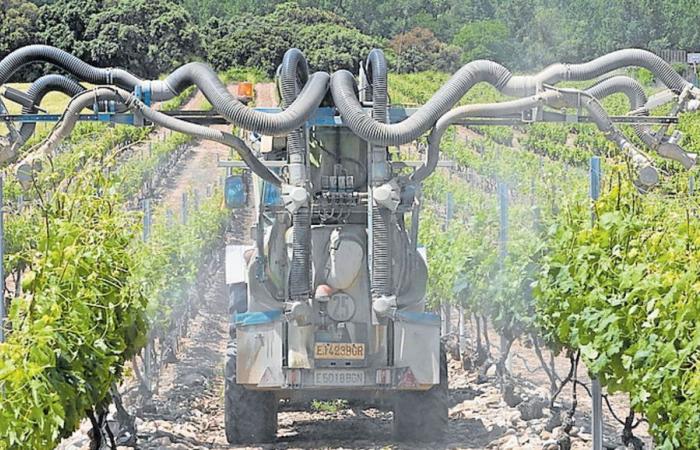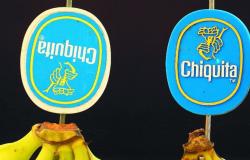Friday, June 14, 2024, 07:20
Comment
Copy link
WhatsApp
Facebook
x
LinkedIn
Telegram
Table wine, or common wine, as called by the sector, has become a reality that greatly conditions the approval of harvest regulations, not only this year but also previous ones as it is practically a requirement of the cooperative sector. . In fact, it is not provided for in the DOCa Rioja specifications and its technical justification is formalized with a kind of legal ‘euphemism’ that calls this surplus production ‘deviation due to climatic causes’ (DCC). That is to say, its official function, a priori, would be to be a kind of wild card in case drought or hail (the frost has already passed) reduce the final protected production. However, it does not actually meet this objective either because the Regulatory Council is very tolerant of the entry of grapes into the winery above the covered yield and the DCC itself, which in itself allows quality to be selected and to cover supposed losses or losses. productive damages. Of course, everything that enters the winery and exceeds the covered production and the DCC (table) must be distilled (without subsidy and with accreditation), so it does not represent a competition problem for Rioja wine itself. .
Covered performance. The Regulatory Council approves a maximum covered yield for each harvest, that is, of the grapes with which Rioja wine can be made. From the 100% base provided for in the specifications (6,500 kilos per hectare of red and 9,000 of white), the plenary session can raise it to 125% and reduce it to 85%. For this campaign, the maximum coverage for red grapes will be 90% and 100% for white grapes.
Campaign performance. With this formula, the so-called campaign yield, table wine was accommodated years ago. Said production would be the one covered plus what is additionally set for the table. That is, if the 2023 agreement is not modified today, for this campaign there would be 90% red grapes to make Rioja wine and an additional 4%, which would be allowed to be produced in wineries without mandatory distillation. That is the percentage of table wine and whose only control condition is that it must be removed from the registered facility before May 31 of the following year without the need to distill it. It is normally sold in bag in box (known as ‘Rioja without label) in parallel markings.
¿Why is it so important? Many people in the sector do not understand why cooperatives, their main defenders, are so focused on this issue. A 4% yield, with about 60,500 productive hectares of red grapes, is equivalent to about 260 additional kilos per hectare, which translates into about 11 million liters of wine at most. The wineries and cooperatives that produce it can get a small bonus for their ‘parallel’ sale, but, probably, at the cost of penalizing the marketing of covered wine.
How much table wine has come in these years? Since 2020, when the Regulatory Council began to reduce the covered yield of red grapes, due to the crisis, 19% of table wine has been authorized, while the covered amount has been cut by 30%. Said 19% would be equivalent to about 50 million liters of wine, with the winery warehouses overflowing and at the same time public money is being requested to distill. While it is true that there is no real data on how much volume has been allocated to this parallel channel (Rioja does not count that wine and not all wineries produce said surplus), this year up to another 11 million liters could be tolerated.
public aid. In the absence of knowing the definitive green harvest data recognized in the three autonomous communities of the DOCa Rioja, the forecast is that the different administrations (regional, national and European) will use between 80 and 90 million in direct aid in the last two years to eliminate production (distillation included), so it is difficult morally to allow table wine in this context.






